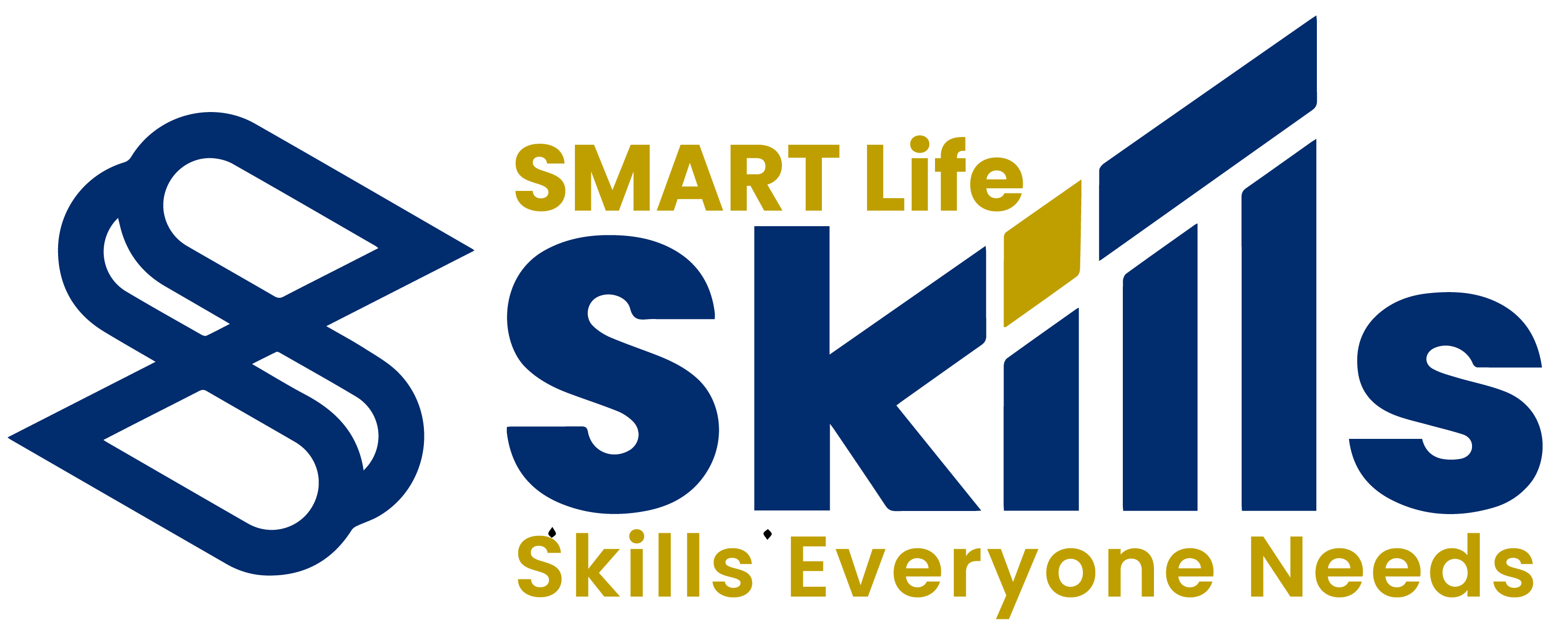Tesla, Inc., founded in 2003 by Elon Musk, has revolutionised the automotive and energy sectors through its focus on sustainable innovation, electric mobility, and renewable energy solutions (Haojie & Tleukhanovna, 2024). The firm’s strategic approach is deeply rooted in innovation-led differentiation, supported by advanced battery technology, autonomous driving capabilities, and eco-centric brand positioning. Conducting a SWOT analysis—which assesses Strengths, Weaknesses, Opportunities, and Threats—provides valuable insight into Tesla’s internal and external strategic environment (Johnson, Scholes & Whittington, 2017).
1.0 Strengths
1.1 Technological Innovation and R&D Capability
Tesla’s foremost strength lies in its commitment to technological innovation. With annual R&D spending exceeding $3 billion (Statista, 2025), the company leads in battery efficiency, autonomous driving, and AI integration (Haojie & Tleukhanovna, 2024). The Tesla Autopilot system utilises machine learning and sensor fusion, creating a key competitive differentiator (Grant, 2019).
According to Barney (1991), competitive advantage stems from valuable, rare, inimitable, and non-substitutable resources (VRIN). Tesla’s proprietary technologies, including its 4680 battery cells and Gigafactory production models, meet these criteria, underscoring its strategic strength.
1.2 Strong Brand Equity
Tesla has cultivated a premium and futuristic brand image, often synonymous with innovation and environmental consciousness. The company’s brand equity is reinforced by its charismatic CEO, Elon Musk, whose personal brand enhances investor confidence and consumer appeal (Kotler & Keller, 2016). Tesla’s brand value is estimated at over $58 billion, placing it among the top ten global automotive brands (Interbrand, 2024).
1.3 Vertical Integration and Operational Efficiency
Tesla’s vertical integration—spanning battery production, software design, and direct sales—enables tighter quality control and cost efficiencies. The Gigafactories in Nevada, Shanghai, Berlin, and Texas enhance global scalability and reduce supply chain vulnerabilities (Musk, 2023). Unlike traditional automakers relying on third-party suppliers, Tesla’s integration facilitates faster innovation cycles and margin control (Hill, Jones & Schilling, 2014).
2.0 Weaknesses
2.1 Production and Delivery Challenges
Despite operational advances, Tesla has historically faced production bottlenecks, often referred to as “production hell” by Musk himself. The Model 3 rollout delays in 2018 exemplify such issues, revealing gaps in operational scalability (Hawkins, 2018). Though automation has improved, maintaining quality while scaling globally remains an ongoing challenge (Haojie & Tleukhanovna, 2024).
2.2 High Production Costs
Tesla’s vehicles are priced at a premium compared to mass-market competitors. High battery costs, automation investments, and R&D expenditure contribute to thin profit margins (Johnson et al., 2017). This limits Tesla’s accessibility to price-sensitive consumers, particularly in emerging markets (Kotler & Keller, 2016).
2.3 Overdependence on Elon Musk
Tesla’s corporate identity is intertwined with its CEO. While Musk’s leadership drives innovation, his public statements and volatile social media presence have occasionally caused stock price fluctuations and regulatory scrutiny (CNBC, 2023). Such overreliance poses a potential governance risk if leadership transition becomes necessary.
3.0 Opportunities
3.1 Global Expansion into Emerging Markets
Emerging markets such as India, Brazil, and Southeast Asia present significant opportunities for Tesla’s growth. The rising middle-class consumer base and government incentives for EV adoption support favourable market entry conditions (IEA, 2024). Establishing local assembly plants in these regions could reduce import tariffs and enhance market penetration.
3.2 Energy Solutions and Diversification
Beyond automobiles, Tesla’s Energy Generation and Storage segment—featuring products such as the Powerwall, Powerpack, and Solar Roof—aligns with the global transition toward renewable energy. As global carbon neutrality commitments rise, Tesla’s expansion in solar and grid-scale energy solutions could diversify revenue streams (Musk, 2023).
3.3 Autonomous Vehicle Market
The autonomous vehicle market is forecasted to reach $2.5 trillion by 2030 (McKinsey, 2024). Tesla’s continuous software updates and neural network learning capabilities position it at the forefront of this technological evolution. The integration of Full Self-Driving (FSD) technologies may transform Tesla from a car manufacturer to a mobility-as-a-service provider, reshaping future business models (Grant, 2019).
3.4 Strategic Partnerships and Government Support
Global initiatives to curb carbon emissions provide Tesla with strategic advantages. Subsidies and tax incentives for EVs in the UK, EU, and China continue to stimulate demand. Furthermore, collaborations with lithium suppliers and AI firms could strengthen Tesla’s innovation pipeline (Haojie & Tleukhanovna, 2024).
4.0 Threats
4.1 Intensifying Competition
Tesla faces growing competition from established automakers such as Volkswagen, Ford, and General Motors, as well as new entrants like Rivian and NIO. The proliferation of EV models across price segments threatens Tesla’s market share (Forbes, 2025). These competitors benefit from established manufacturing networks and scale economies.
4.2 Regulatory and Legal Risks
Tesla’s operations are subject to varying environmental regulations, safety standards, and data protection laws across markets. Any failure to comply could result in fines, recalls, or brand damage (Hill et al., 2014). Moreover, antitrust scrutiny and Autopilot-related accidents have drawn criticism and potential litigation risks (BBC News, 2023).
4.3 Raw Material Supply Constraints
The rising cost of lithium, nickel, and cobalt, essential for battery production, poses a strategic threat. Global supply chain disruptions—exacerbated by geopolitical tensions—could inflate costs and impede production (IEA, 2024).
4.4 Economic Volatility and Market Saturation
Macroeconomic factors, including inflation, interest rate hikes, and currency fluctuations, affect consumer purchasing power. As Western EV markets near saturation, Tesla’s growth trajectory may slow unless diversification is achieved (Kotler & Keller, 2016).
5.0 Summary Table: SWOT Matrix of Tesla
| Strengths | Weaknesses |
| Technological innovation & strong R&D | High production costs |
| Brand equity & market leadership | Production & delivery issues |
| Vertical integration | Overdependence on Elon Musk |
| Opportunities | Threats |
| Global expansion & renewable diversification | Rising competition & regulatory risks |
| Autonomous vehicle development | Supply chain & material constraints |
| Strategic partnerships | Market saturation & economic volatility |
Tesla’s SWOT analysis underscores a dynamic interplay between its technological prowess and the strategic vulnerabilities of rapid growth. The firm’s innovation-driven culture, brand leadership, and vertical integration fortify its position as an industry disruptor. However, production inefficiencies, competitive pressures, and regulatory scrutiny remain significant challenges.
Strategically, Tesla must leverage opportunities in renewable energy diversification and global expansion, while mitigating risks through governance reforms, cost optimisation, and supply chain resilience. In alignment with Porter’s (1985) view of strategic advantage, Tesla’s future success will hinge on sustaining differentiation through innovation and operational excellence.
References
Barney, J. (1991) ‘Firm Resources and Sustained Competitive Advantage’, Journal of Management, 17(1), pp. 99–120.
BBC News. (2023) Tesla faces scrutiny over Autopilot safety claims. Available at: https://www.bbc.co.uk/news/business.
Forbes. (2025) Electric Vehicle Market Trends: Tesla and Global Competition. Available at: https://www.forbes.com.
Grant, R. (2019) Contemporary Strategy Analysis. 10th ed. Wiley, Oxford.
Haojie, M. & Tleukhanovna, K.S. (2024) Developing and Implementing an Organisation’s Development Strategy: A Case Study of Tesla Inc. International Scientific Journal Akademik, 1206(3), pp. 59–68.
Hill, C., Jones, G. & Schilling, M. (2014) Strategic Management: Theory: An Integrated Approach. 11th ed. Cengage Learning, London.
Interbrand. (2024) Best Global Brands 2024 Report. Available at: https://interbrand.com.
International Energy Agency (IEA). (2024) Global EV Outlook 2024. Paris: IEA Publications.
Johnson, G., Scholes, K. & Whittington, R. (2017) Exploring Strategy: Text and Cases. 11th ed. Pearson Education, Harlow.
Kotler, P. & Keller, K.L. (2016) Marketing Management. 15th ed. Pearson Education, London.
McKinsey & Company. (2024) The Road to Autonomous Vehicles. Available at: https://www.mckinsey.com.
Musk, E. (2023) Tesla Master Plan Part 3. Tesla, Inc. Available at: https://www.tesla.com/blog.
Statista. (2025) Tesla Research and Development Expenditure Worldwide 2010–2025. Available at: https://www.statista.com.









